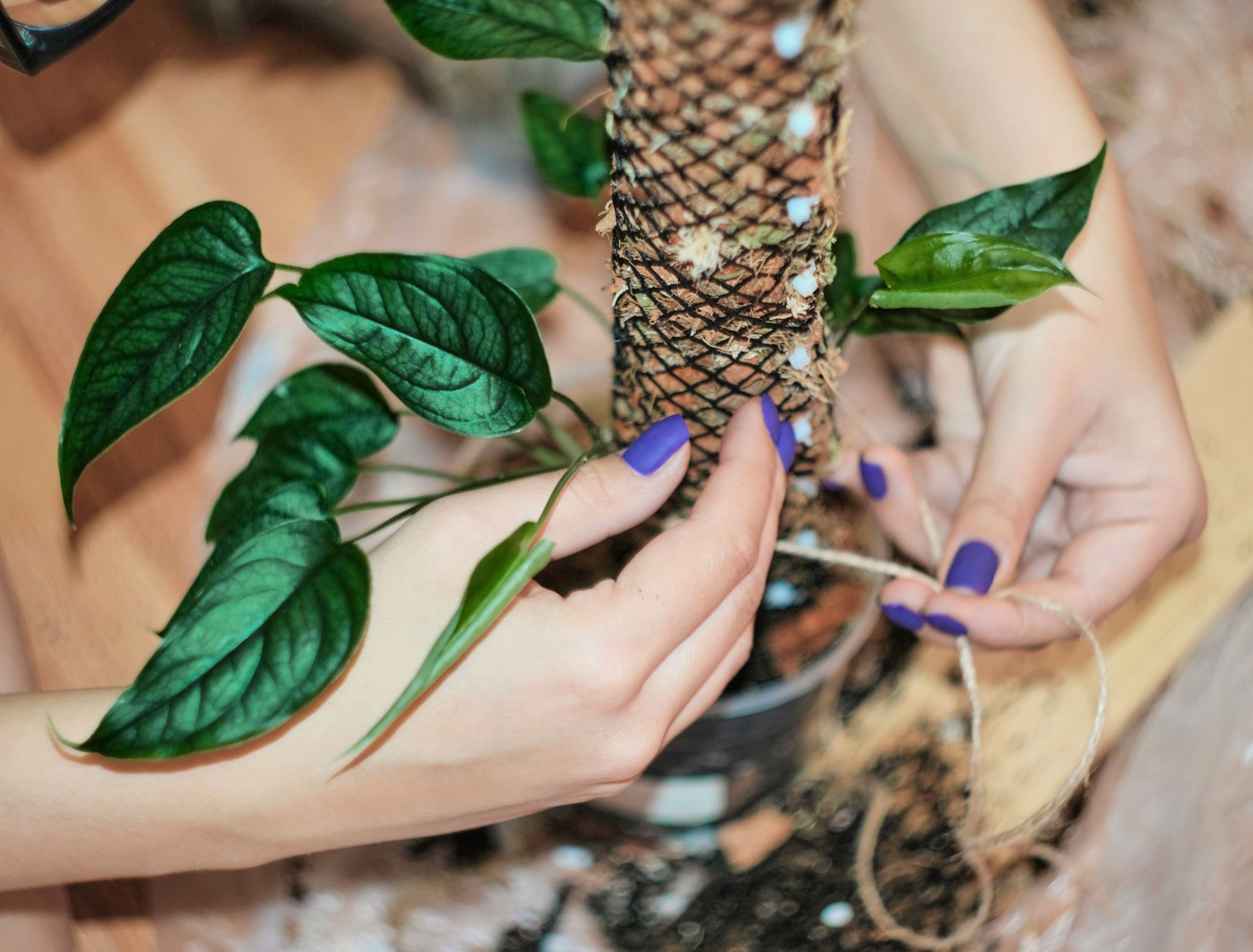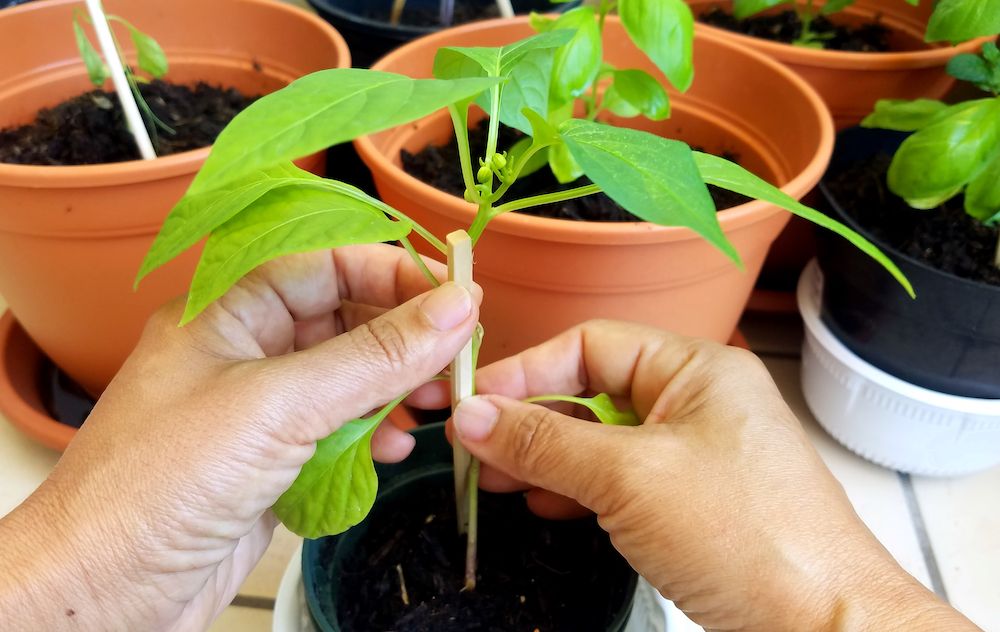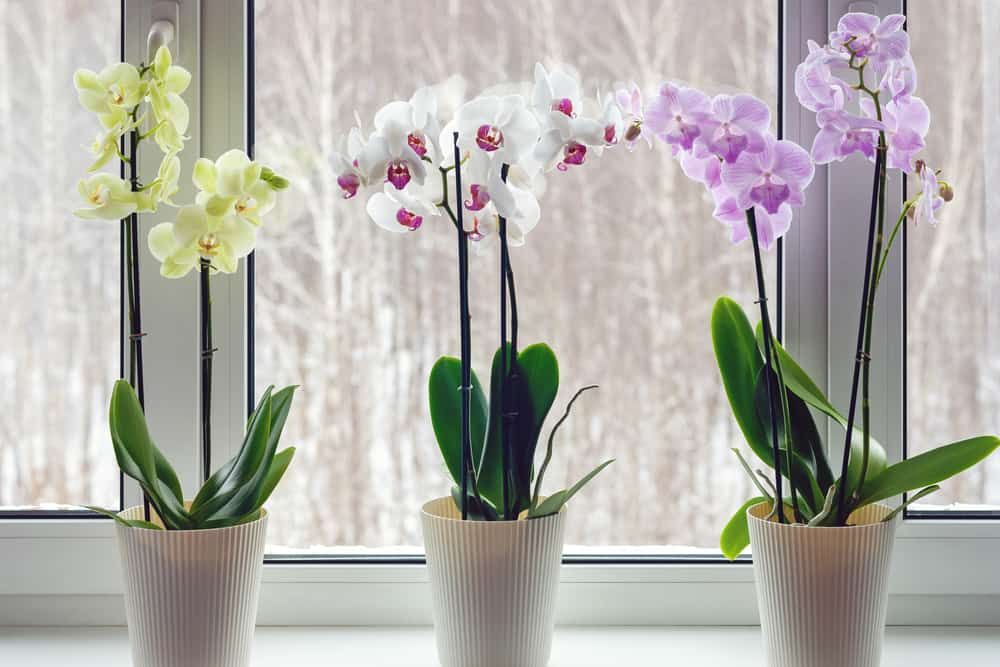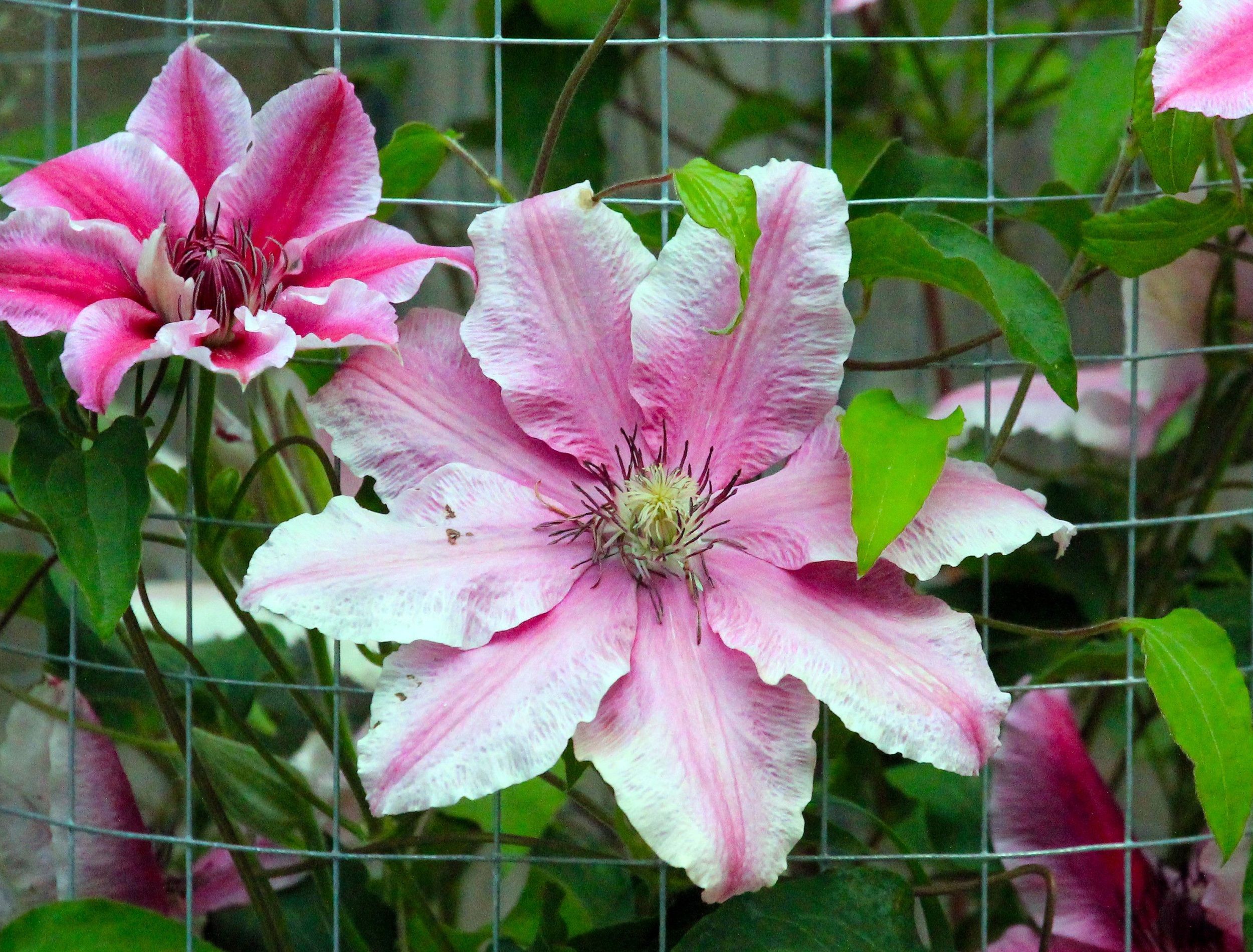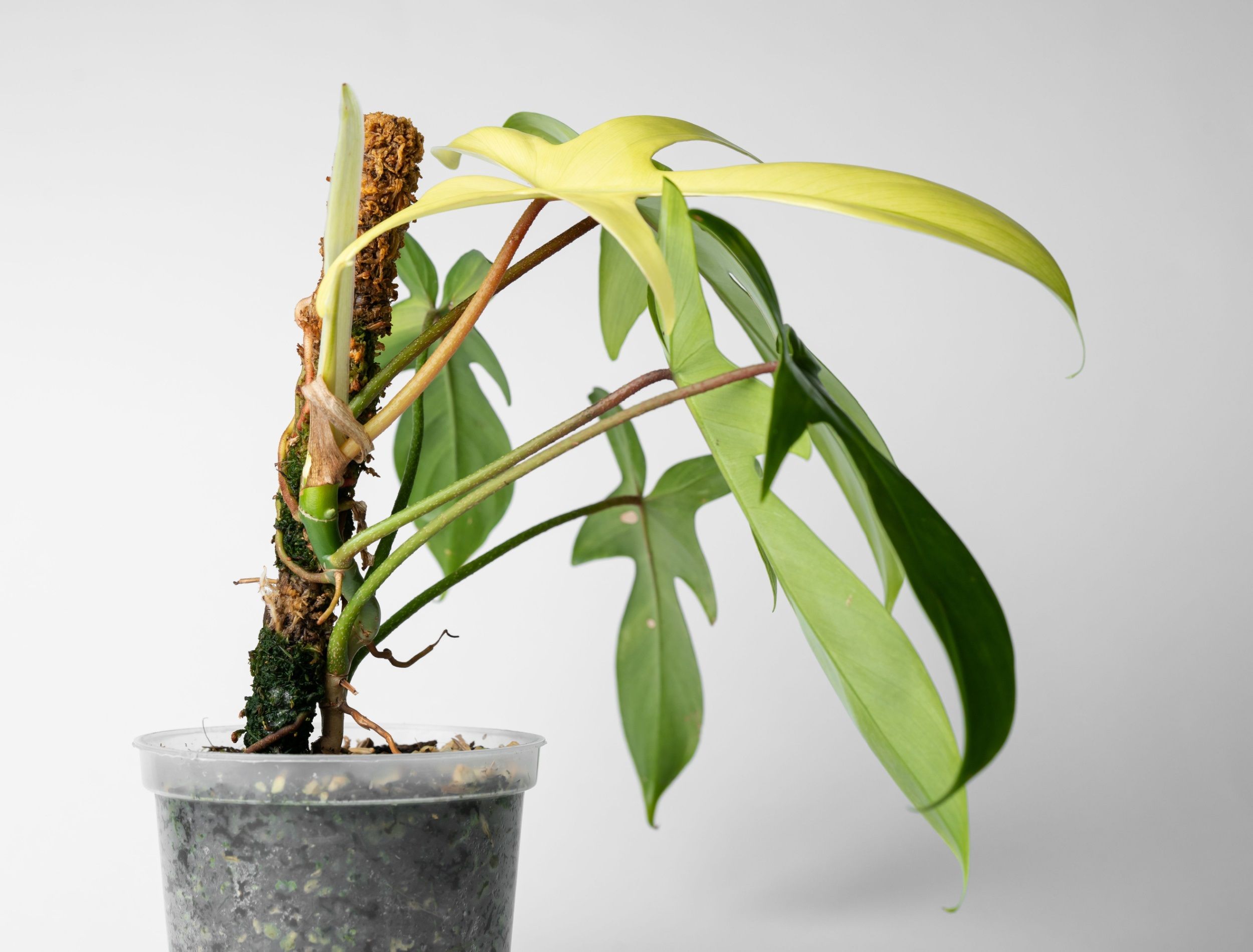Some indoor plants need more than proper sunlight, well-draining soils, and a big pot to thrive -- They need support stakes to grow upright. Plants like monstera deliciosa, golden pothos, and Philodendron cordatum like to wander, so they'll benefit from staking to stay in one place. Staking outdoor and indoor plants is common, so take the time to seek the plants that could use some help.
Sure, vines look good flowing down from hanging baskets, but if you want to prevent them from trailing out of control, staking is a great way to do it. It's also a convenient method to decorate your space with living décor. So, when's the right time to stake your plants, and what kind of stakes should you use?
When and How Should You Stake Your Plants?
Image credits: VidaHawaii via Shutterstock
It's a good idea to stake your top-heavy or trailing plants when they're somewhat young. Staking your plant is best done when it's actively growing as you want to guide the plant with the stakes. If you stake a plant that is already mature, you risk puncturing or damaging the roots.
Ensure you don't stick the pole straight in the middle of the pot, as this can also disturb your plant's roots and growth. Drive the stake close to the pot's edge, so your plant has enough space to grow and spread.
In addition, many plants have a good and bad side. Since you want display the good side of your plant and pot, place the stake on the bad side of the plant that has less blooms. Now, when you turn the pot around, you'll have a stunning display!
Types of Stakes and How-To Instructions
There are different types of stakes, each with its own helpful way. You'll learn more about simple stakes, cages, and moss poles because they're popular support structures for indoor plants.
Type 1: Simple Stakes
Image credits: Nadya So via Shutterstock
If you prefer using simple stakes like the Gaginang's Bamboo Sticks, you'll need some elastic cable ties to hold your plant and stake together. Setting up simple stakes to keep your plant upright will take a few minutes.
- Drive the stake deep into your plant's soil. The deeper the stake, the more support your plant gets. Remember not to stick the stake in the middle of the pot to avoid damaging your plant's roots.
- Now lightly tie the plant to the stake using elastic cable ties. You can damage your plant if you tightly tie them to the stake. Tight ties can cut into your plant's stem.
- One tie is enough for smaller plants, but larger plants will need more than a few ties at different stem heights to secure them to the stake. Base it off the weight of your plant.
Simple stakes are great for single-stemmed plants like orchids, lilies, and cannas.
Type 2: Plant Cages
Image credits: Tea and Biscuits Photos via Shutterstock
If you prefer plant cages, you may want to check out LeoBro's Plant Cages, which support many plants. Elastic cable ties are optional and can be used if you wish to strengthen support for your plant's stem.
- Since a cage, like the one above, is round or semi-round, depending on how you'd like to use it, drive the stake around the pot's edges and let the plant comfortably lean in the center.
- To strengthen support, use the ties to tie the plant's stem to the cage. If the plant is taller, you may need to do this in multiple spots to ensure the proper support.
Plant cages are ideal for top-heavy plants or ones with big leaves like indoor hydrangeas, peonies, and elephant ears.
Type 3: Moss Poles
Image credits: mokjc via Shutterstock
If you prefer moss poles, you might want to check out The Blooming Jungle Store's Coco Coir Moss Poles for your trailing plants. This product comes with two pieces of string that you can use to tie your plant to the pole to train them to grow upwards.
Plants with tendrils, like butterfly pea, will naturally cling to the moss pole, but vines like golden pothos will need to be lightly tied to the pole to help them grow upright. Remember, the moss pole needs to be moist at all times. Otherwise, plants that can latch on won't cling to the pole.
- Insert the moss pole all the way to the bottom of the pot, but be careful not to damage your plant's roots. Moss poles look great when they're staked at the center of the pot, so it's a good idea to use them while you're potting your plant. If that's not possible, you can either repot your plant or stick the pole close to the edge.
- After sticking the pole in, pat the soil around it to hold it in place.
- Use the provided strings to tie the stems to the pole, but remember not to tie them too tight.
The moss pole is ideal for golden pothos, philodendrons, and monstera plants.
The Stakes Are High!
Proper support for your indoor plant is just as important as soil, sunlight, or moisture. It is a crucial part of growing a healthy plant. While you probably won't stake smaller plants, larger ones with heavy blooms and big leaves will benefit from the extra support.
When staking, remember to be gentle, but always keep away from your plant's roots. Also, remember not to tie the stems too tight! You don't want to damage anything.
Leave your experiences, thoughts, and questions in the comment section! And share with friends and family who might find this helpful.
Happy gardening!

